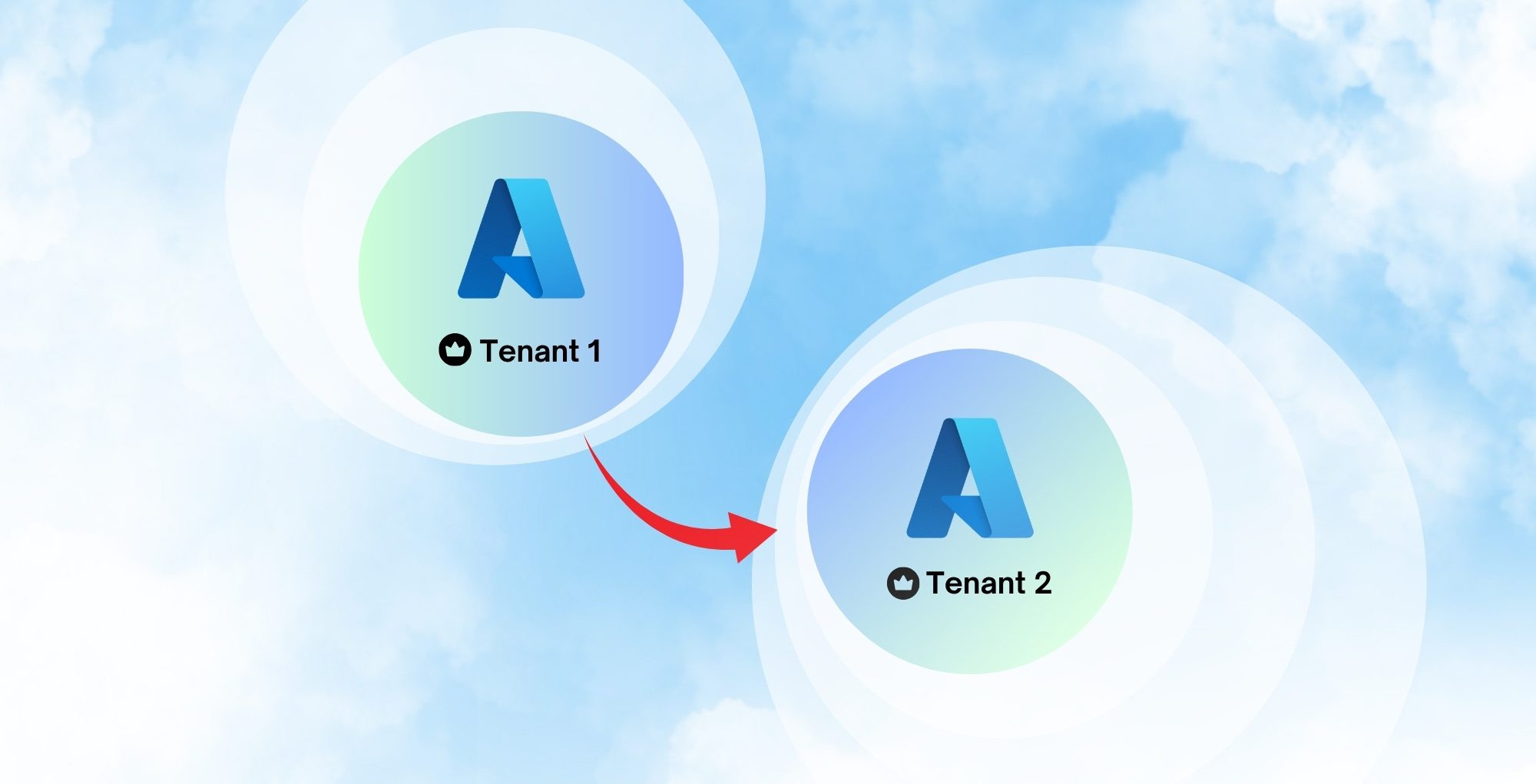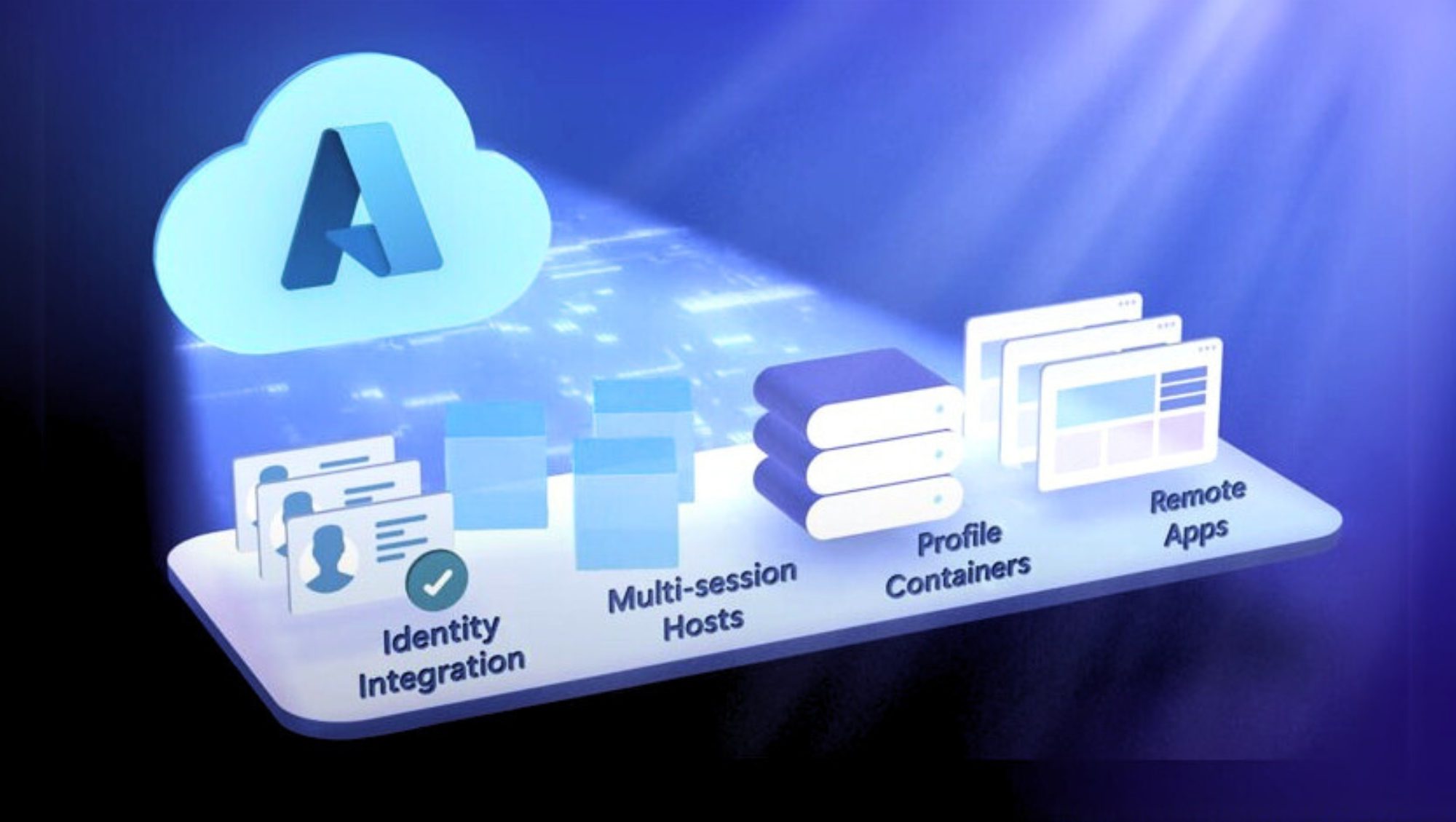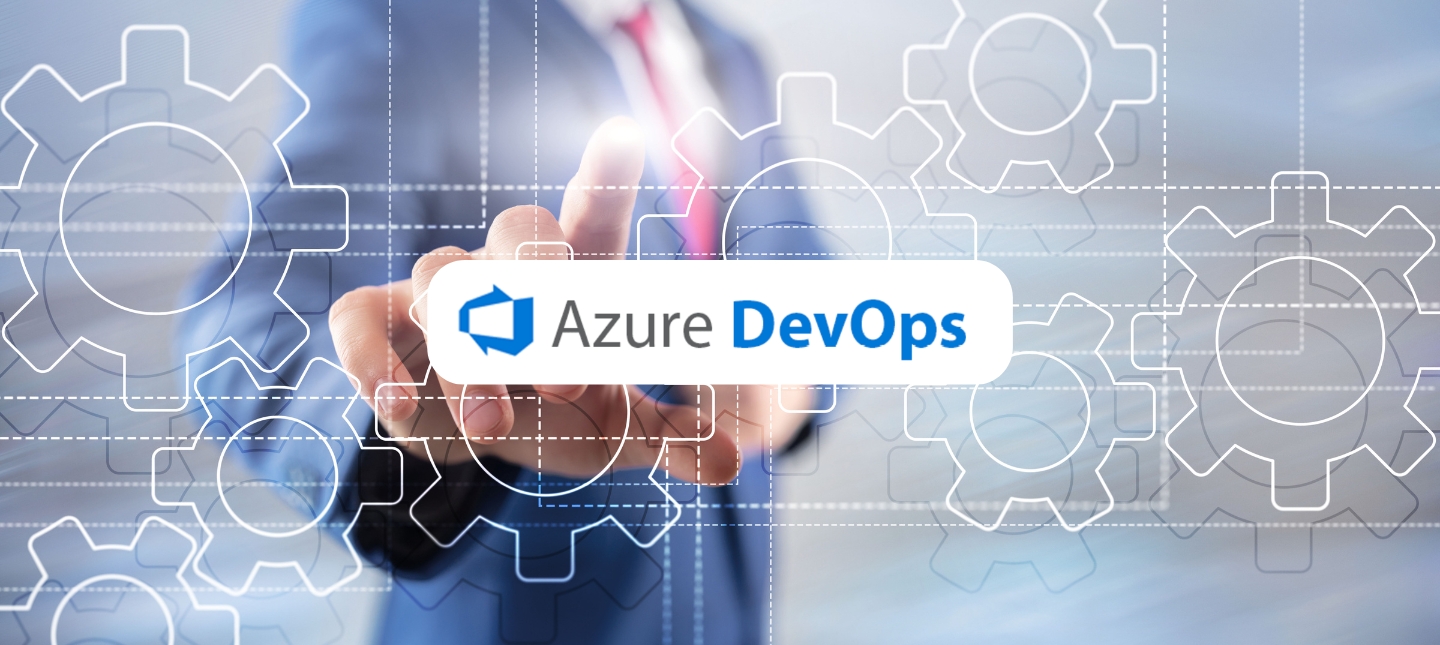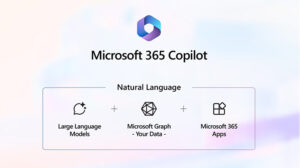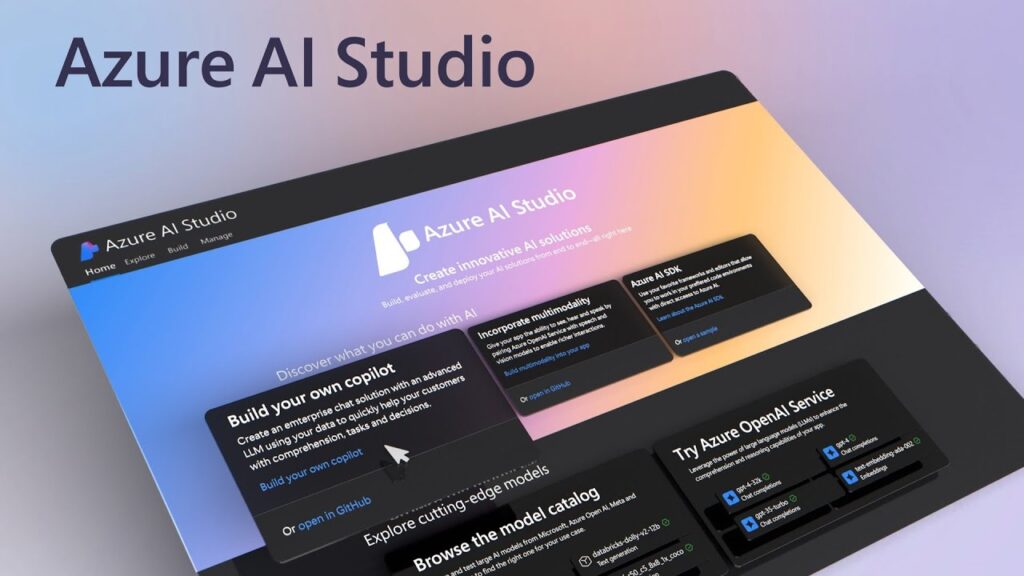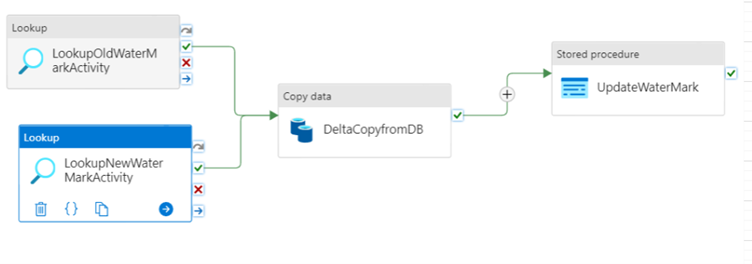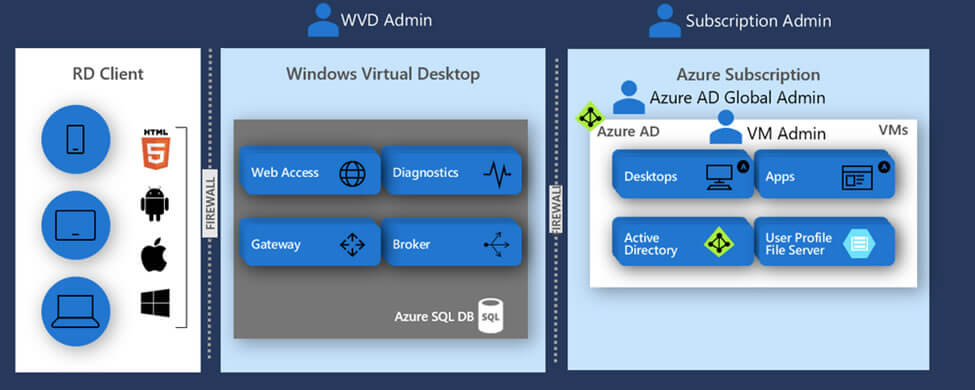Embracing the AI Era in Business
In the current business landscape, marked by rapid technological evolution, Artificial Intelligence (AI) stands as a cornerstone of innovation and transformation. The swift progression of AI technology is reshaping how companies operate and compete. Cambay Solutions, at the forefront of this technological revolution, is dedicated to facilitating seamless AI integration for businesses. Leveraging the prowess of Microsoft Solutions, including the innovative Copilot and Azure AI Studio, we understand the critical importance of timely AI adoption. It’s not just a strategic move; it’s a necessity for businesses to maintain a competitive edge in today’s fast-paced market.
The Rise of AI – A Microsoft Perspective
The impact of Artificial Intelligence (AI) in the business world has been transformative, fundamentally altering operational and strategic models across various industries. Central to this revolution are Microsoft Solutions, with the groundbreaking tools Copilot and Azure AI Studio leading the charge.
Copilot, a flagship AI innovation from Microsoft, acts as a comprehensive assistant across multiple business functions. It uses advanced AI algorithms to provide real-time insights, automate routine tasks, and deliver predictive analytics essential for decision-making processes. For example, in customer service, Copilot can analyze interactions to anticipate needs and offer personalized recommendations. In data analysis, it processes large volumes of data to identify patterns and insights that are beyond human capacity in a similar timeframe.
Azure AI Studio complements Copilot by offering a versatile platform for developing custom AI solutions tailored to specific business challenges. It allows companies to build and deploy machine learning models and AI-driven applications, enhancing their ability to innovate and adapt to market changes.
These AI tools are particularly effective in boosting productivity. They automate repetitive tasks, freeing employees to focus on creative and strategic work. Copilot and Azure AI Studio also play a critical role in fostering innovation, enabling businesses to prototype innovative ideas and test hypotheses with data-driven insights.
Cambay Solutions, with its dynamic approach to AI implementation, recognizes the immense potential of Microsoft’s Copilot and Azure AI Studio in reshaping business landscapes. Our focus is on leveraging these technologies to help companies boost productivity, foster innovation, and drive efficient, data-driven decision-making. The integration of these tools into business operations opens new growth and efficiency avenues, positioning companies to be agile and responsive in a rapidly evolving market.
Partnering with Cambay Solutions allows businesses to effectively utilize Copilot and Azure AI Studio to transform their operations. Whether streamlining workflow processes, enhancing customer interactions, optimizing supply chain management, or unlocking new data insights, these tools function as catalysts for significant efficiency and effectiveness improvements. Our expertise enables us to customize AI solutions to meet each business’s unique needs and challenges, ensuring a seamless and impactful integration of AI into their core operations.
Risks of Delaying AI Deployment (The Competitive Disadvantage)
Hesitation in adopting AI can lead to significant business setbacks, particularly in losing competitive advantage. Industries such as retail, manufacturing, healthcare, and finance have rapidly adopted AI for various functions, including customer service, predictive maintenance, personalized healthcare, and risk management.
Retail: Revolutionizing Customer Experience and Operations
In the retail sector, AI-driven analytics are revolutionizing how businesses understand and interact with their customers. AI tools can analyze consumer behavior, predict purchasing trends, and personalize marketing efforts, offering a level of insight and engagement that traditional methods can’t match. Additionally, AI optimizes inventory management and supply chain operations, ensuring efficiency and reducing waste. Retailers who delay leveraging these AI capabilities risk falling behind in market responsiveness and customer satisfaction, leading to a decline in consumer loyalty and revenue.
Manufacturing: Enhancing Efficiency and Predictive Maintenance
The manufacturing industry sees AI as a critical tool for enhancing operational efficiency and reducing costs. AI systems in manufacturing plants can predict machine failures before they occur (predictive maintenance), significantly reducing downtime and maintenance costs. These systems also optimize production processes, leading to higher product quality and faster turnaround times. Manufacturers slow to adopt these AI solutions find themselves grappling with inefficiencies and higher operational costs, making them less competitive in the market.
Healthcare: Personalized Care and Advanced Diagnostics
In healthcare, AI’s role in personalizing treatment plans and advancing diagnostic procedures is groundbreaking. AI algorithms can analyze vast amounts of medical data to aid in early disease detection and provide tailored treatment plans, vastly improving patient outcomes. Healthcare providers that have not yet integrated AI into their systems are missing out on these advancements, potentially leading to less effective patient care and operational inefficiencies.
Finance: Risk Assessment and Fraud Detection
For the finance sector, AI has become indispensable in risk assessment and fraud detection. AI algorithms can analyze complex financial patterns to identify potential risks and fraudulent activities much more efficiently than traditional methods. Financial institutions delaying the adoption of AI risk increased exposure to financial fraud and inefficient risk management practices, which can result in significant financial losses and reputational damage.
Broader Impacts Across Industries
Across these sectors, the delay in adopting AI technologies means businesses miss out on critical opportunities for innovation, efficiency, and customer engagement. This delay can lead to a loss of market share as competitors who embrace AI continue to advance and cater to evolving market needs more effectively. Moreover, businesses that are slow to adopt AI find themselves playing catch-up, investing more resources to reach the level their competitors have already achieved, which can be a significant drain on time and finances.
Financial Implications of AI Lag
The decision to delay AI integration in a business context isn’t just a technological choice; it’s a critical financial decision with far-reaching consequences. In an era where AI is rapidly becoming a cornerstone of business operations, the financial implications of not keeping pace are substantial and multi-dimensional.
Revenue Losses and Market Position
One of the most immediate financial impacts of delaying AI adoption is the potential loss of revenue. AI-driven businesses are leveraging advanced analytics to identify new market opportunities, optimize pricing strategies, and personalize marketing efforts, leading to increased sales and customer loyalty. In contrast, companies that are slower to adopt these technologies often find themselves unable to compete effectively in these areas, leading to a gradual erosion of their market position and revenue.
Increased Operational Costs
AI technologies are pivotal in streamlining operations and reducing costs. For example, AI can automate routine tasks, optimize supply chains, and predict maintenance needs, thereby reducing operational expenses. Businesses that do not embrace these AI solutions may face higher labor costs, inefficiencies in supply chain management, and unexpected maintenance expenses, all of which negatively impact their bottom line.
Missed Opportunities for Innovation and Growth
Another significant financial implication is the missed opportunity for innovation and growth. AI facilitates the development of new products and services, opens new markets, and enables companies to stay ahead of evolving customer needs. Delay in adopting AI means missing out on these growth opportunities, which can have long-term financial repercussions.
Customer Retention and Acquisition Costs
AI has a profound impact on enhancing customer experiences, a key factor in customer retention and acquisition. AI-driven insights enable businesses to create personalized customer experiences, predict and respond to customer needs, and engage with them more effectively. Companies that lag in AI adoption may incur higher costs related to customer acquisition and retention, as they struggle to match the level of customer engagement that AI-empowered competitors offer.
Long-Term Financial Health and Sustainability
The long-term financial health of a company is also at stake. AI adoption is not just about gaining immediate financial benefits; it’s about positioning the company for sustainable growth in an increasingly digital and AI-driven world. Delay in adopting AI can lead to a weakening of competitive advantage, making it challenging for companies to sustain their financial health in the long term.
Facilitating AI Implementation with Cambay Solutions: Harnessing Microsoft Copilot and Azure AI Studio
Implementing AI in the modern business landscape, while complex, is made significantly more accessible and impactful with Cambay Solutions at your side. Our dedicated approach to AI integration focuses on leveraging advanced Microsoft AI solutions, including the dynamic Copilot and the versatile Azure AI Studio, to overcome common barriers and tailor solutions to each business’s unique needs.
Microsoft Copilot: Your Business Accelerator
With Microsoft Copilot, we offer businesses a powerful tool to enhance productivity and innovation. Copilot, driven by sophisticated AI algorithms, is designed to assist in various business functions, from real-time data analysis to predictive insights. Our role at Cambay Solutions is to seamlessly integrate Copilot into your existing systems, ensuring that you can leverage its full potential to drive your business forward. Whether it’s automating routine tasks, generating insightful reports, or enhancing customer interactions, Copilot serves as a versatile ally in various aspects of your business.
Azure AI Studio: Custom AI Solutions at Your Fingertips
Azure AI Studio, another cornerstone of our AI implementation strategy, offers an expansive suite of AI tools and capabilities. This platform enables us to create custom AI solutions that are specifically designed to meet the unique challenges and objectives of your business. From developing sophisticated machine learning models to deploying AI-driven applications, Azure AI Studio provides the flexibility and power needed for innovative AI solutions. Our expertise in navigating this platform ensures that your business can fully harness the power of AI, tailored to your specific operational needs.
Tailored Integration for Transformative Results
At Cambay Solutions, our commitment goes beyond just providing tools; we focus on delivering end-to-end solutions. We understand that each business has its unique ecosystem, challenges, and goals. Our approach involves a thorough analysis of your specific needs, followed by a tailored integration of Microsoft AI solutions, including Copilot and Azure AI Studio. We ensure that these powerful tools are aligned with your business strategies, thereby maximizing their impact, and driving transformative results.
Learn more about Cambay’s Microsoft 365 Copilot Readiness Assessment or contact us to discuss how your business can navigate the complexities of AI adoption.



